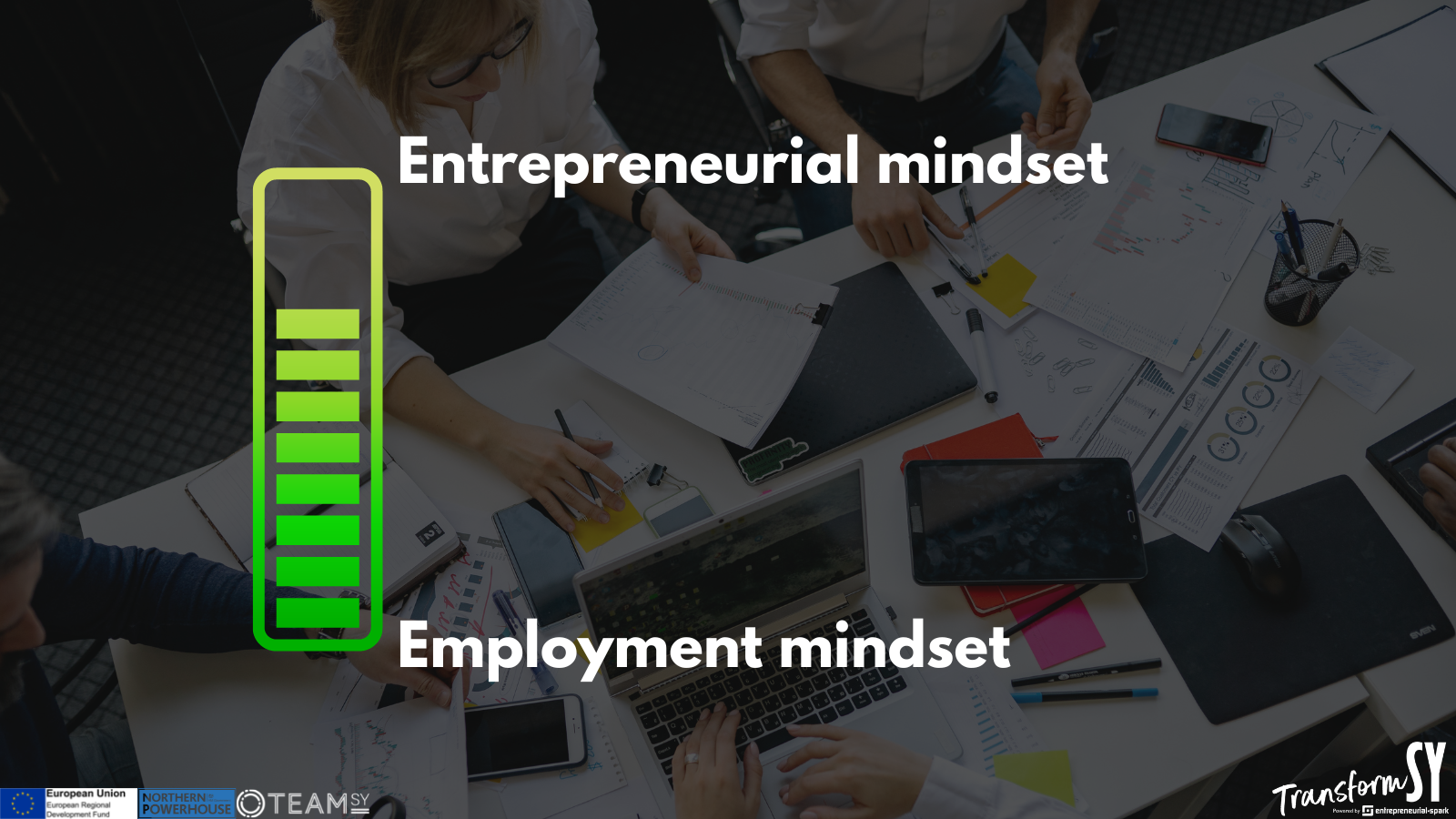Moving from employment to startup
Starting and growing a business is all about transitions: changing from where you are now to somewhere new and (hopefully) better. The first transition that most people make is from not even thinking about starting a business to exploring an idea. The second is when they move from fully employed to working in their new business.
This is a hugely exciting time, but it comes with many pitfalls and challenges that make it a difficult change for many. We wanted to share some insights from our experience around what can go wrong in this transition, and how you can avoid making these mistakes.
All or Nothing
Some people jump into entrepreneurship too soon. They quit their job and start a business because they think the only way to succeed is to be 100% in. That’s certainly true when you have a business, but at this stage all you have is an idea. So it’s easy to make the jump too soon and find yourself running out of energy and cash because everything takes longer than you think. This mindset can also make people feel like a failure for going and getting a part time job to keep the cash coming in while they grow their business.
Neither of these things are necessary. Unless you are in the privileged position of not needing to work, then the transition into your own business can be intentionally grey. Maybe you start by dropping a day at work to spend more time on your idea, then move to 50/50. There are no rules in startup – you can shape this transition to fit with you and your goals.
Feeling Powerless
Linked to the above, new entrepreneurs can get stuck thinking “I can’t do x because of y.” For example “I can’t make progress with my business idea because I have to work full time to earn a living.” What holds you back is the idea that because you can’t do everything, you can’t do anything. In reality there are lots of things you can do to start a business even while working full time. You just need to shift your mindset away from the idea that it has to start with selling something for money.
While working full time immerse yourself in the market, read reports and collect data; research competitors; talk to potential customers to explore pain points; build your network; and explore support programmes. Start to develop your entrepreneurial mindset by reframing powerless language into “How can I do X in spite of Y?”
No Support
New entrepreneurs rarely realise how much they have to learn, both about running a business and about themselves. They also sometimes underestimate the strain it can put on them mentally, which can impact on their relationships and home life. Whether you’re starting a business or already running one, make sure there are people who support what you are doing. Whether it’s family and friends or peers and advisers, don’t make the mistake of thinking the only way to be productive is to sit at your laptop and think your way out of everything. It’s good to talk.
Planning for the wrong things
The first goal for many people starting a business is to grow it to the point where they can draw a salary. The trouble is this goal has implications for how you build the business and how fast it can grow. To draw a salary as fast as possible, you probably have to get busy working IN the business. At this point, you have created a job for yourself. But it’s much harder then to claw out the additional money and time to recruit more people, so many entrepreneurs get stuck here.
Instead, move into the business when you have a clear, short-term plan to grow beyond just you. Define your role as an entrepreneurial leader, and identify the tasks in the business that could/should be done by someone else. It’s fine to pick these up short term, but if you plan from the outset to delegate them (within a fixed timeframe) it is much more likely to happen.
In Summary
Successful entrepreneurs take calculated risks with clear purpose, an end goal in mind and a plan to get there. Jumping ship from a secure job to running a business is one of the biggest risks you will take in the early life of your idea. By avoiding some of the errors we have seen others make we hope you will have a better chance of making it in a calculated way, and ultimately successfully.

